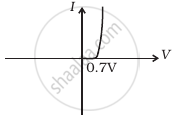Advertisements
Advertisements
प्रश्न
Answer the following giving reasons:
A p-n junction diode is damaged by a strong current.
उत्तर
A strong current damages a p-n junction diode because it increases the semiconductor's temperature as more power passes through it and some of that energy is converted to heat. The semiconductor then conducts more current as the temperature rises a little further, which raises the temperature even further. Higher temperature results in more current, which increases the temperature. In what is referred to as a thermal runaway, this cycle keeps repeating. The semiconductor (p-n junction) is ultimately destroyed.
संबंधित प्रश्न
Why is a zener diode considered as a special purpose semiconductor diode?
A triode value operates at Vp = 225 V and Vg = −0.5 V.
The plate current remains unchanged if the plate voltage is increased to 250 V and the grid voltage is decreased to −2.5 V. Calculate the amplification factor.
In semiconductor physics, what is meant by:
(i) rectifier
(ii) an amplifier
(iii) an oscillator
What are the applications of p - n Junction diode?
A – pn junction has a depletion layer of thickness .of the order of
The expected energy of the electron at absolute zero is called:-
In a semiconductor diode, the barrier potential offers opposition to only
Can the potential barrier across a p-n junction be measured by simply connecting a voltmeter across the junction?
Consider a box with three terminals on top of it as shown in figure (a):
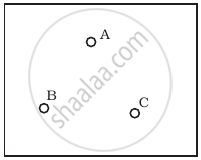 (a) |
Three components namely, two germanium diodes and one resistor are connected across these three terminals in some arrangement. A student performs an experiment in which any two of these three terminals are connected in the circuit shown in figure (b).
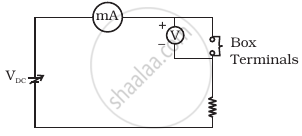 (b) |
The student obtains graphs of current-voltage characteristics for unknown combination of components between the two terminals connected in the circuit. The graphs are
(i) when A is positive and B is negative
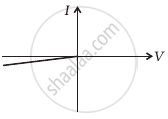 (c) |
(ii) when A is negative and B is positive
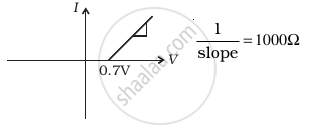 (d) |
(iii) When B is negative and C is positive
|
(e) |
(iv) When B is positive and C is negative
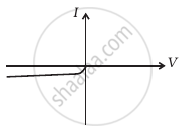 (f) |
(v) When A is positive and C is negative
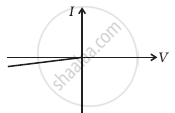 (g) |
(vi) When A is negative and C is positive
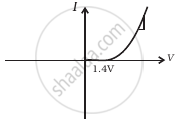 (h) |
From these graphs of current-voltage characteristics shown in figure (c) to (h), determine the arrangement of components between A, B and C.
What is meant by forward biasing of a semiconductor diode?
